Home>Ideas and Tips>Unveiling Smart Home Hidden Technologies
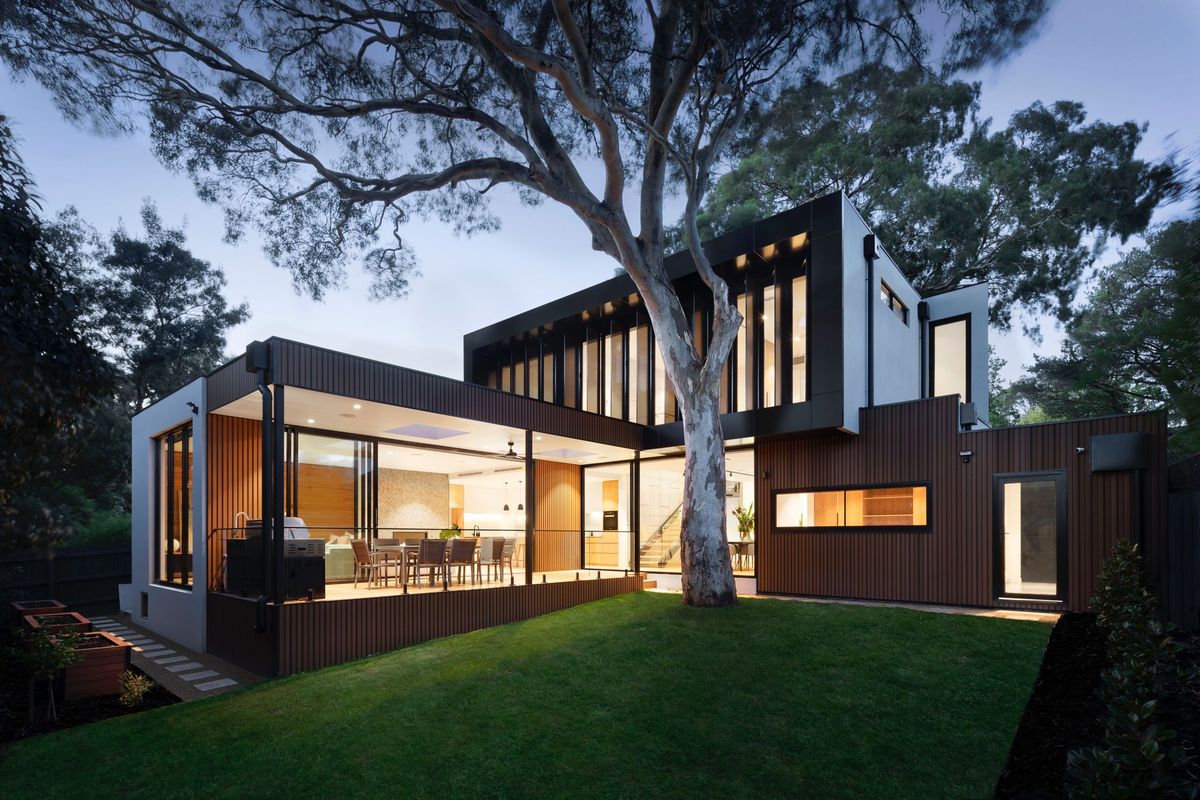

Ideas and Tips
Unveiling Smart Home Hidden Technologies
Modified: October 30, 2024
Discover the hidden technologies in smart homes, their benefits, risks, and how they impact privacy, security, and daily life. Learn more about the future of smart living.
(Many of the links in this article redirect to a specific reviewed product. Your purchase of these products through affiliate links helps to generate commission for Storables.com, at no extra cost. Learn more)
In the realm of home improvement, the concept of a "smart home" has become increasingly popular. Smart home technology promises to make our living spaces more convenient, efficient, and secure. However, beneath the surface of these sleek and modern devices lies a complex web of hidden technologies that can both enhance and compromise our privacy and security. In this article, we will delve into the intricacies of smart home technology, exploring both its benefits and its potential risks.
The Rise of Smart Home Technology
Smart home technology has evolved significantly over the past decade. From simple devices like smart light bulbs to sophisticated systems that integrate various appliances and security features, the market is flooded with innovative products designed to make our lives easier. According to a recent study by Parks Associates, 42% of American households with internet now own at least one smart home device. This trend is driven by the promise of convenience and the allure of cutting-edge technology.
Smart Devices and Data Collection
One of the primary concerns with smart home devices is data collection. These devices often communicate with each other and with external apps, sharing intimate details about our homes and daily activities without our full knowledge or consent. For instance, some smart home applications transmit unique MAC addresses of devices to the cloud, which can be accessed by third-party providers or even used for targeted advertising. This raises serious questions about privacy and the potential misuse of collected data.
The Mon(IoT)r Lab
To better understand these risks, researchers at Northeastern University set up a "living lab" called the Mon(IoT)r Lab. This lab is equipped with over 100 devices, ranging from light bulbs and refrigerators to routers and speakers, all communicating with each other and various apps. The research conducted in this lab has revealed how smart devices can share sensitive information without users' knowledge, highlighting the need for better security measures.
Android vs. Apple: A Tale of Two Ecosystems
The Android environment, due to its open nature and the large number of actors involved, faces significant challenges in maintaining user privacy. Unlike Apple's more private ecosystem, Android devices often lack robust security protocols, making them more vulnerable to data breaches. This disparity underscores the importance of choosing devices from manufacturers that prioritize user privacy.
The Matter Standard: A Unified Smart Home?
In an effort to address the connectivity issues between smart home devices, the Matter standard was launched in November 2022 by Amazon, Apple, Samsung, Google, and hundreds of other companies. The goal was to create a single communication protocol that would allow all smart home devices to work seamlessly together. However, despite its promising inception, the adoption of Matter has been slow, with only a few dozen certified devices available on the market.
The Limitations of Matter
The lack of momentum behind Matter can be attributed to several factors. For one, many smart home developers and standard makers are more focused on specific features like light bulbs rather than broader interoperability. Additionally, the complexity of integrating various devices and platforms has proven to be a significant hurdle. As Jennifer Pattison Tuohy from The Verge noted, "If it's not as fast and reliable as a light switch, why are you doing it?". This sentiment reflects the frustration many have with the current state of smart home technology.
Smart Home Innovations: A Closer Look
Despite the challenges, the smart home industry continues to innovate. Recent product launches at the Consumer Electronics Show (CES) showcased a variety of cutting-edge products designed to enhance our living spaces. Here are some notable examples:
-
Whirlpool’s SlimTech Insulation: This innovation replaces traditional polyurethane foam insulation with a highly porous powder blend vacuum sealed within the door or sides of the fridge. This design reduces wall thickness by up to 66%, allowing for more space inside the refrigerator.
-
Kohler’s Luxury Showers and Toilets: Kohler has introduced luxurious smart-home bathroom products like updates to the Numi 2.0 smart toilet and high-end Stillness Bath. Their Anthem+ Digital Control integrates control of water, light, sound, and steam in the bathroom, promising a personalized sanctuary experience.
-
Pawport Pet Door: The Pawport Pet Door is a motorized pet door cover that can be programmed via a smartphone app and pairs with a collar tag. This device adds security and convenience to pet owners by allowing remote control, setting curfew times, and providing pet tracking data.
-
SmartWings Shades: SmartWings introduced its Nowa product line, which includes the world's first Matter-certified cellular window shades. These shades feature thermal insulation and noise isolation thanks to their unique honeycomb structure, reducing heat exchange and conserving energy. Customers can customize these shades to fit their aesthetic and functional needs.
-
Govee’s Next-Generation Lighting: Govee unveiled its next-generation lighting products, including the Govee AI Sync Box Kit 2 and Neon Rope Light 2. These products enhance the gaming experience by offering dynamic light synchronization during gameplay. They are Matter-compatible and integrate with Govee Home, Alexa, and Google Assistant.
-
GE Lighting’s Cync Reveal HD+ Fixtures: GE Lighting, a Savant company, launched the Cync Reveal HD+ Full Color Undercabinet Fixtures. These fixtures provide high-quality lighting with advanced color control and seamless integration with other smart home devices.
-
Securam’s Security-Focused Smart Wall Switches: Securam premiered its new line of security-focused smart wall switches. These switches offer enhanced security features and customization, including an integrated laser-based motion detection sensor, ambient light sensor, night light, and backlit buttons.
-
Lockly Visage Smart Lock: Lockly introduced a smart lock that sets new standards in home security. It features advanced facial recognition technology for keyless entry and offers various access options including a "HackProof" digital keypad with up to 52 access codes, advanced fingerprint sensing, and RFID cards.
-
Aqara U300 Smart Lock: The Aqara U300 smart lock is a versatile indoor/outdoor locking device designed to replace standard lever or knob locks. It features fingerprint security, PIN codes, wireless data transmission, and compatibility with multiple voice assistants including Apple Home.
-
Roborock’s S8 Max Series: Roborock announced its S8 Max Series of smart vacuum and mopping solutions. These models boast trademarked designs ensuring complete cleanliness. The RockDock Ultra provides automatic maintenance with hot water and heated air for re-washing and re-mopping capabilities. The S8 MaxV Ultra includes smart features like a built-in voice assistant, video calling support, Matter protocol support, and Reactive AI 2.0 obstacle recognition.
The Hidden Costs of Smart Home Technology
While smart home technology promises utopia, its impact extends far beyond the home. Heather Suzanne Woods, director of the A.Q. Miller School of Media and Communication at Kansas State University, explores these hidden costs in her book "Threshold: How Smart Homes Change Us Inside and Out". Here are some key points she raises:
Socioeconomic Implications
Woods argues that smart home technology is often marketed as a solution to various problems but may actually exacerbate them. For instance, the high cost of premium smart products makes them inaccessible to many households, creating an unequal distribution of benefits. This socio-economic disparity is particularly concerning as it highlights how technology can widen existing gaps.
Surveillance and Power Dynamics
The use of smart home devices like doorbell cameras can provide a sense of security for some homeowners but also raises questions about surveillance and power dynamics. While some homeowners may feel empowered by having access to their neighbors' activities through cameras, others may feel surveilled or even threatened. This underscores the need for careful consideration when implementing surveillance technologies in our homes.
Data Collection as a Service
Woods predicts that in the future, smart technology will shift from being a premium service to being integrated into all devices at no additional cost. This means that users will become both the product and the service, with their data being the value exchanged. This shift could lead to more equitable access to smart home technology but also raises concerns about data privacy and control.
Cultural and Environmental Impacts
Smart home technology also has significant cultural and environmental impacts. A study exploring the cultural aspects of smart home technology adoption highlights how these devices can influence our daily routines and interactions within the home. For example, smart lighting systems can adjust brightness based on natural light availability, potentially reducing energy consumption.
Convenience vs. Energy Consumption
The convenience offered by smart home devices often comes at the cost of increased energy consumption. Industry visions from Australia and beyond suggest that while smart homes promise convenience, they may not necessarily reduce energy consumption unless designed with sustainability in mind. This underscores the need for smart home devices to be designed with both convenience and sustainability in mind.
Conclusion
Smart home technology has revolutionized the way we live, offering unparalleled convenience and efficiency. However, beneath its sleek exterior lies a complex web of hidden technologies that demand careful consideration. The data collection practices of many smart devices raise serious privacy concerns, while the slow adoption of standards like Matter highlights the need for better interoperability among devices.
As we move forward in this digital age, it is crucial to address these issues proactively. By choosing devices from manufacturers that prioritize user privacy and integrating smart home technology into our daily lives thoughtfully, we can harness its benefits while minimizing its risks. Ultimately, the future of smart home technology depends on our ability to balance innovation with responsibility.
References:
- EL PAÍS. (2023, October 30). People have no idea: How smart devices spy on us and reveal information about our homes. Retrieved from https://english.elpais.com/technology/2023-10-30/people-have-no-idea-how-smart-devices-spy-on-us-and-reveal-information-about-our-homes.html
- TechRadar. (2023, September 21). In the smart home of 2025, it turns out Matter simply doesn't matter. Retrieved from https://www.techradar.com/home/smart-home/in-the-smart-home-of-2023-it-turns-out-matter-simply-doesnt-matter
- National Association of Realtors. (2024, February 22). The Ultimate Smart Home Series Guide: 24 Products of Note. Retrieved from https://www.nar.realtor/magazine/real-estate-news/technology/the-ultimate-smart-home-series-guide-24-products-of-note
- Marketplace.org. (2024, August 1). The hidden cost of smart home technology. Retrieved from https://www.marketplace.org/shows/marketplace-tech/the-hidden-cost-of-smart-home-technology/
- ScienceDirect. (2021). Culture, energy and climate sustainability, and smart home technology. Retrieved from https://www.sciencedirect.com/science/article/pii/S266627872100012X
Was this page helpful?
At Storables.com, we guarantee accurate and reliable information. Our content, validated by Expert Board Contributors, is crafted following stringent Editorial Policies. We're committed to providing you with well-researched, expert-backed insights for all your informational needs.
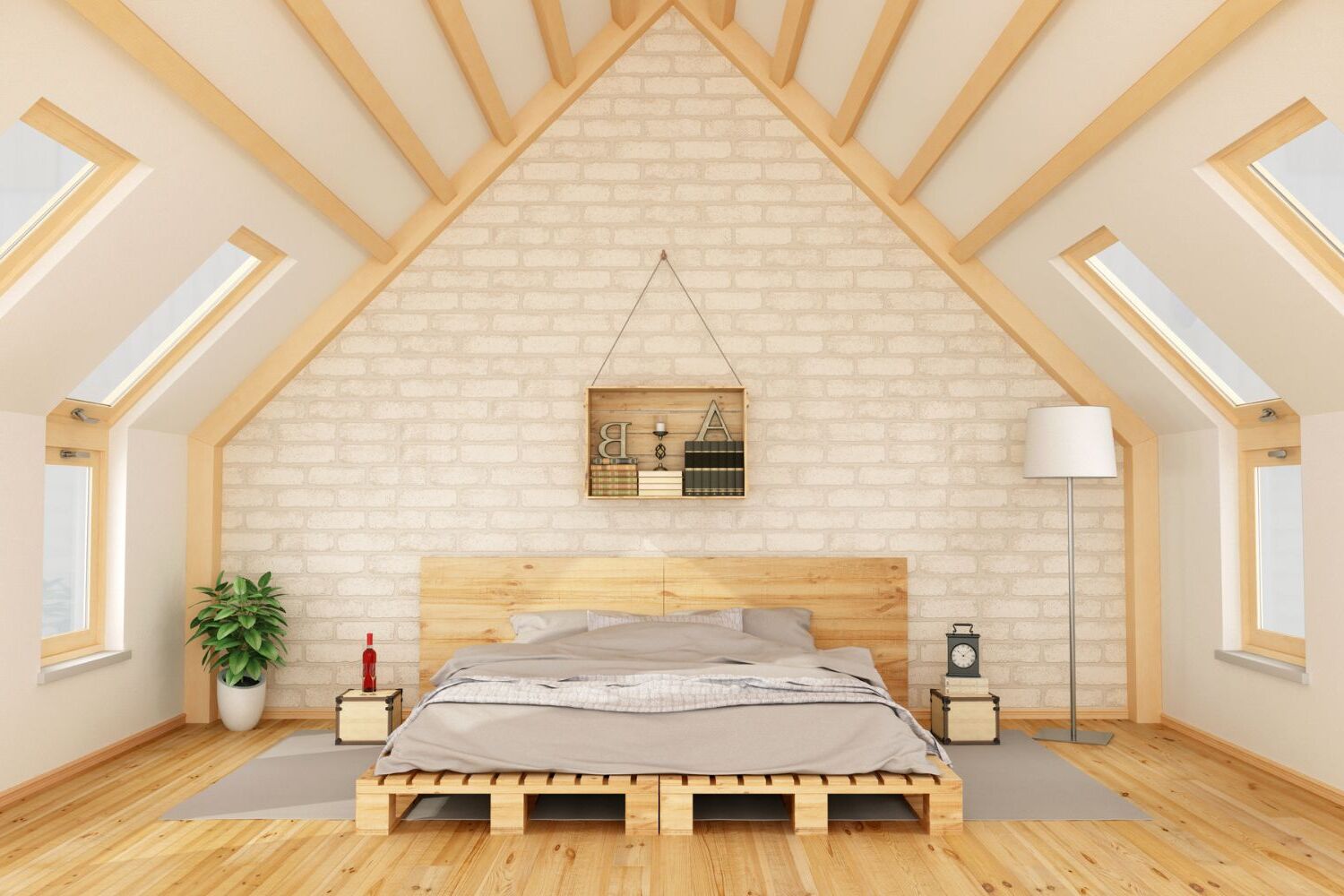





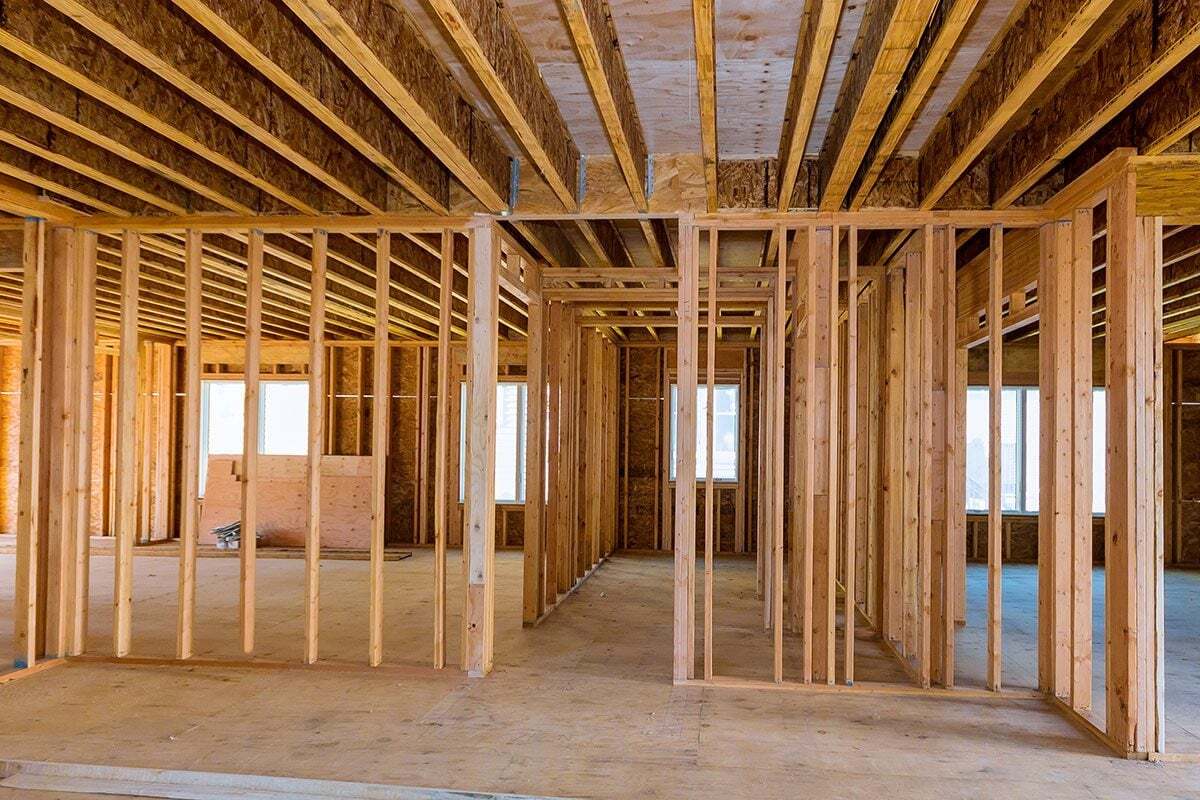



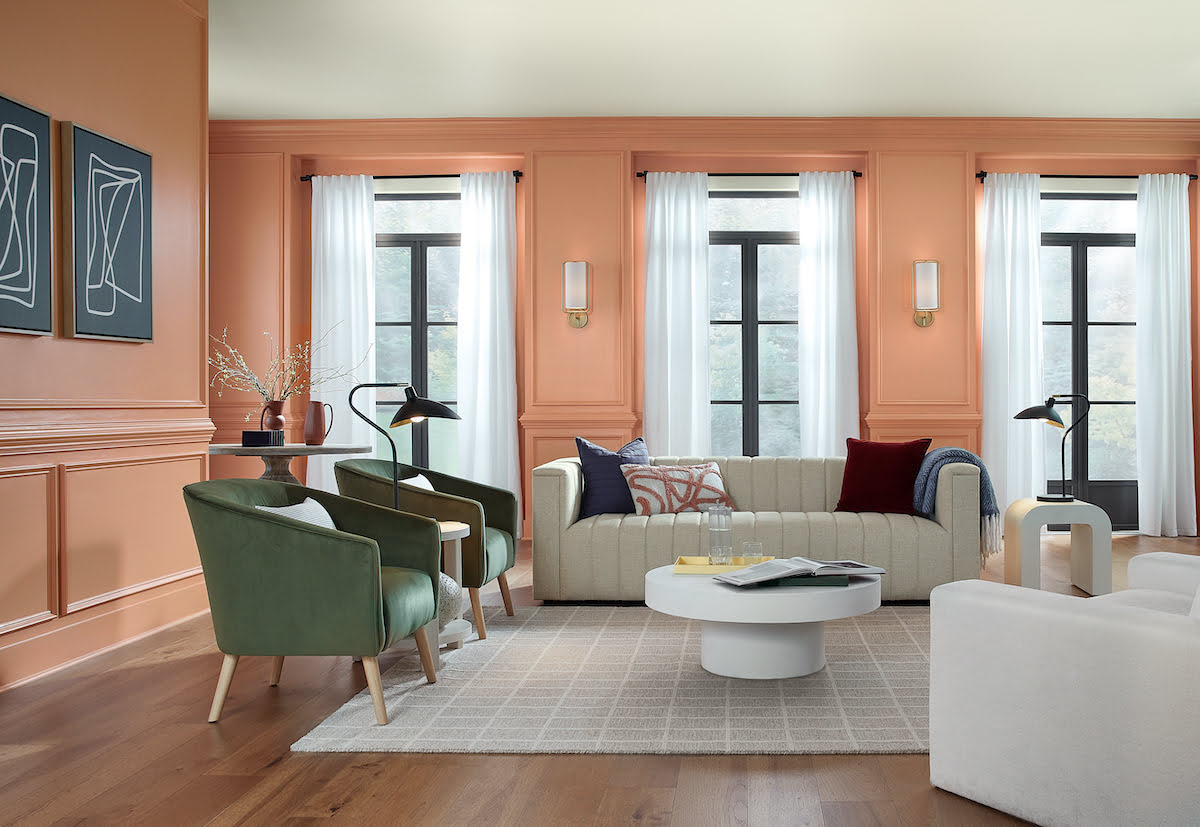
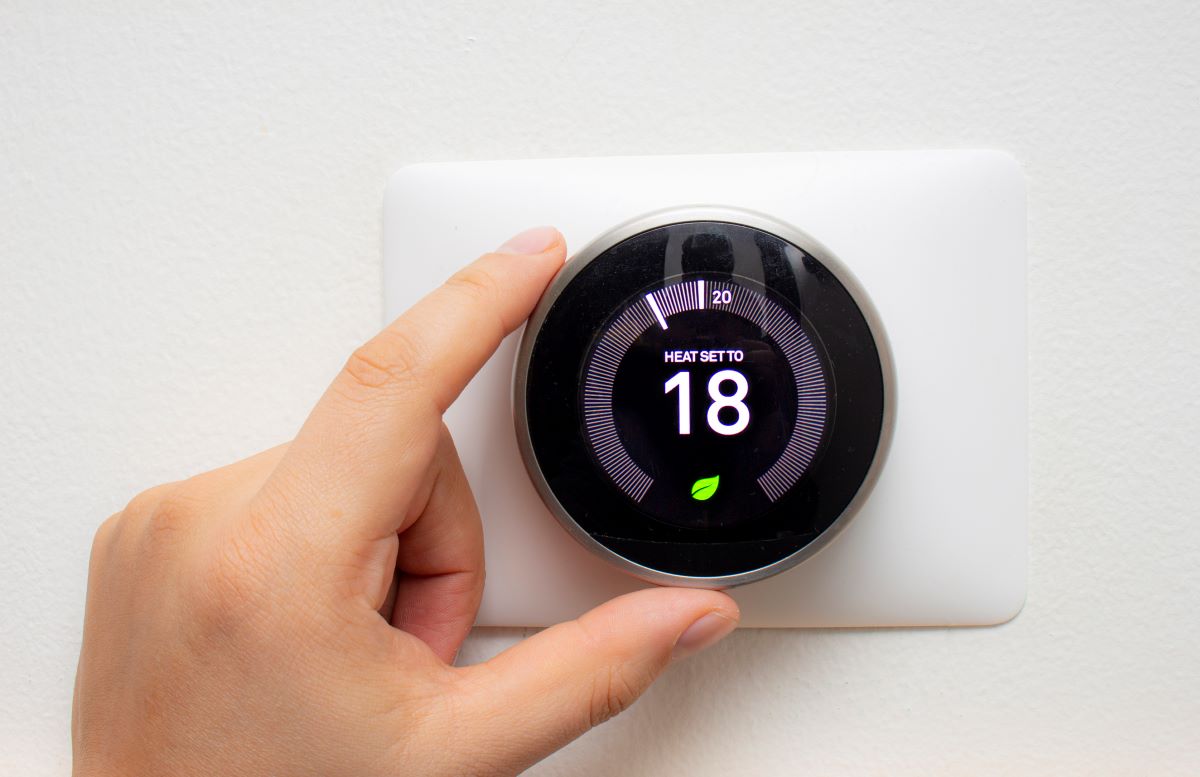
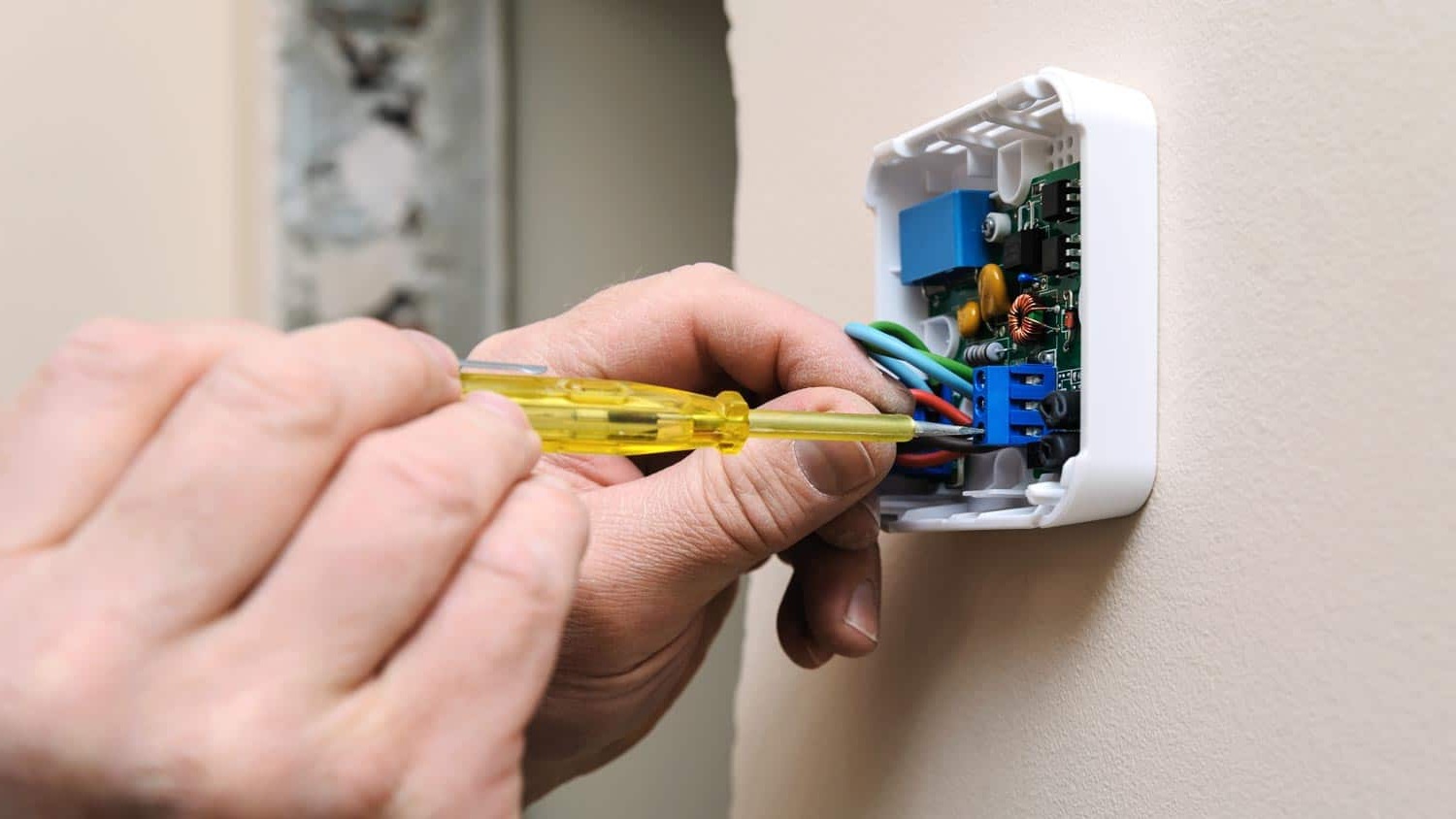


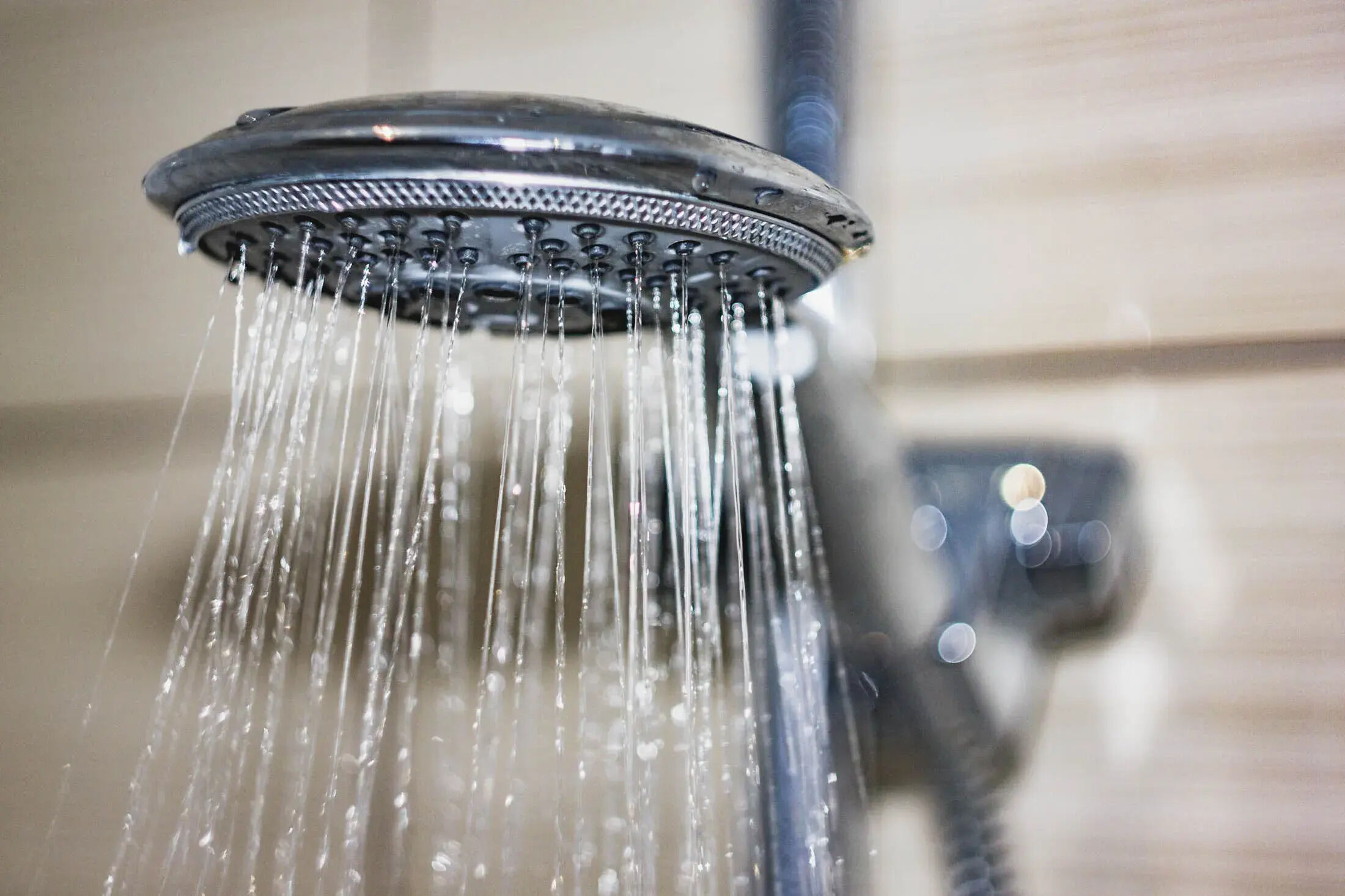

0 thoughts on “Unveiling Smart Home Hidden Technologies”